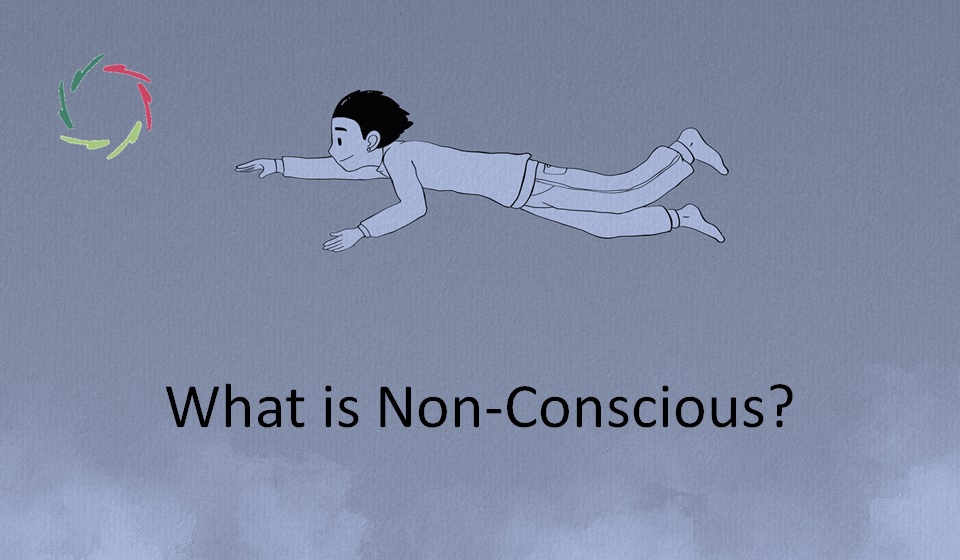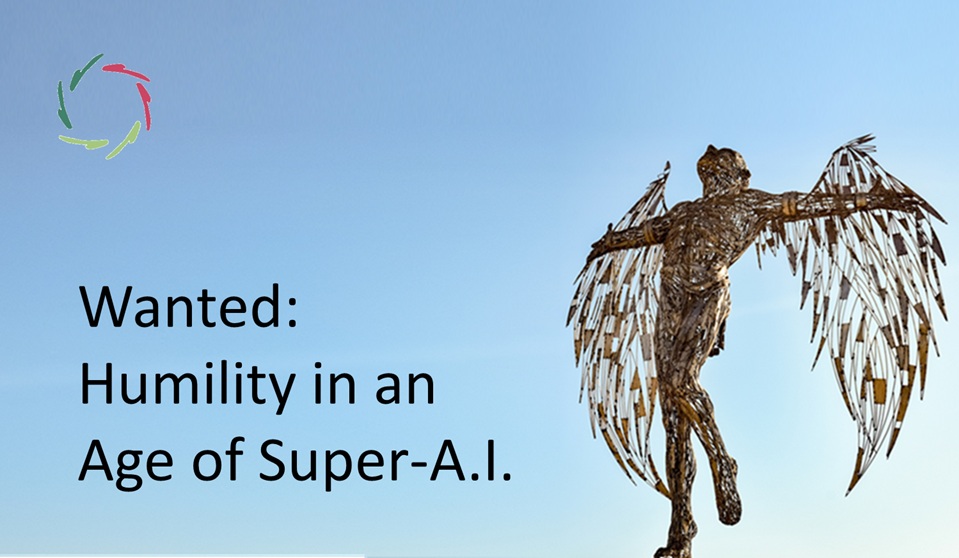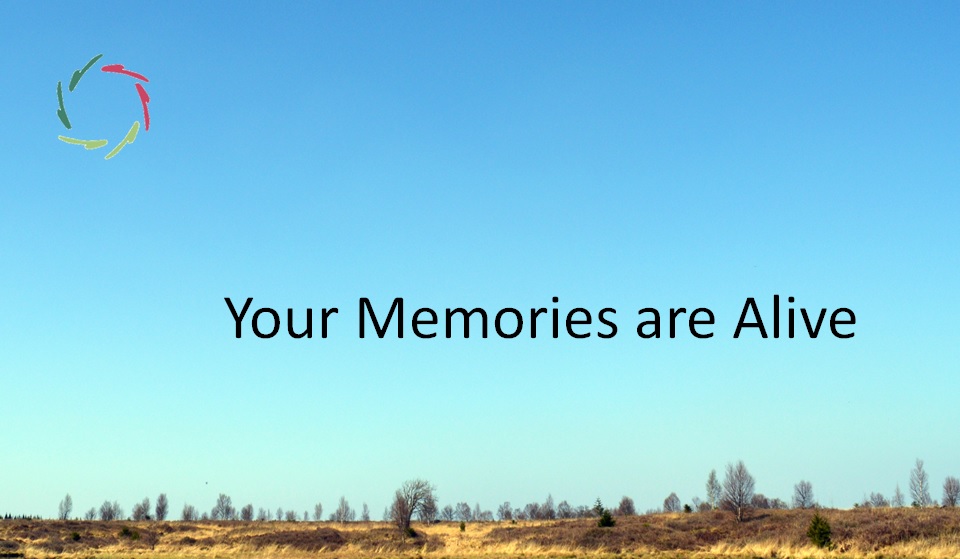Qualia

What is it like to be a human being who sees redness (or anything)? The difficulty in describing this lies at the core of ‘the problem of qualia.’
Since the Middle Ages, many philosophers, theologians (looking for the soul), and scientists (looking for the brain) have quarreled about ‘qualia.’ To this day, they haven’t agreed although it is to many the most important of life’s conundrums. Let’s dive and swim.
There is no redness in the external world
You might know that there are only frequencies of light ― science has come this far. The human brain has evolved to differentiate the environment into objects using many features, among which are light-related (visual) ones. Nature being a pragmatic wizard, we don’t see infrared because we sleep at night.
One step further, the input to the brain doesn’t comprise any color, nor even frequencies. These are transduced in the eye’s retina into nerve impulses that travel to the brain. Eventually, all the brain gets are these nerve impulses ― the same with other senses such as smell and touch.
So, how do we see redness?
Redness is a state of brain
See my blog about the ‘mind = body’ breakthrough.
A pattern of neurons/synapses being activated together – the brain view – IS, from the mind view, the experience-of-redness. From the mind metaphor, one can say to ‘have redness in one’s mind.’
Redness is, therefore, not a content of the brain. It is in no sense something like an object in the brain. It is the brain state in which that specific (and very complex) pattern is active, ready to be described from the mind view as redness. Within the body=mind paradigm, this pattern is a mental-neuronal pattern (MNP) with a potentially wide distribution. No part of the brain is looking at this pattern. The MNP stage is the end of the line towards the conscious perception of redness.
The experience-of-redness is the being-with-this-pattern. If you look at something red, there is an organism (you) practicing the being-with-this-pattern. Take all your MNPs out, and there is no super-entity within you getting astonished.
Of course, your MNPs are also very much mutually intertwined.
Much more than redness
In redness, we see the way our brain works. This is not only applicable to sensory data-information-experiences. The brain works this same way overall.
ANY content of the mind is a state of brain/mind, whether it be a perception, a thought, a feeling, or an emotion.
This brings us to the following.
The hard problem
The ‘hard problem’ is the problem of how we can be conscious of anything at all. Many researchers are still having heated discussions. Some say it is arguably the most challenging problem in the universe.
We can be conscious of seeing red things. We can be conscious of redness itself if we see it and say meaningfully: “This object is a red object. One of its features is redness.” Moreover, we can be conscious of anything we can – consciously – think of. The hard problem is how we can be conscious in the first place, then be conscious of something.
The hard solution
<Being-conscious-of-X> is a concept that belongs to the mind view. Within this mind view, we can easily – and therefore we spontaneously do – take it apart into <being-conscious> and <X>.
But this is an artificial deconstruction, even in the mind view.
Being conscious is a state of mind.
Being conscious of redness is the state of mind that coincides with the neuronal patterns that are active any time we consciously see – or think of – redness. It coincides so much because it is the same thing ― same pattern.
One thing, two views.
Likewise, being conscious of anything is the related state of mind of this anything.
Cannot one be conscious without being conscious of anything?
Of course, this is the immediate question of the highbrow critical person.
It makes me think of a deeply meditative state. Even there, one is conscious of minimal content. Going deeper puts the meditator in a coma. I have no knowledge of this ever happening. So, I don’t know. But I see no point in striving to be in a coma unless peri-operatively.
In any worthwhile conscious state, there is something in the consciousness; there is a being-conscious-of-X. Being conscious is being-conscious-of-X.
Therefore, no hard problem anymore.
The hard solution shows us that we are bound, as human beings, to our being human. That is OK to me.


